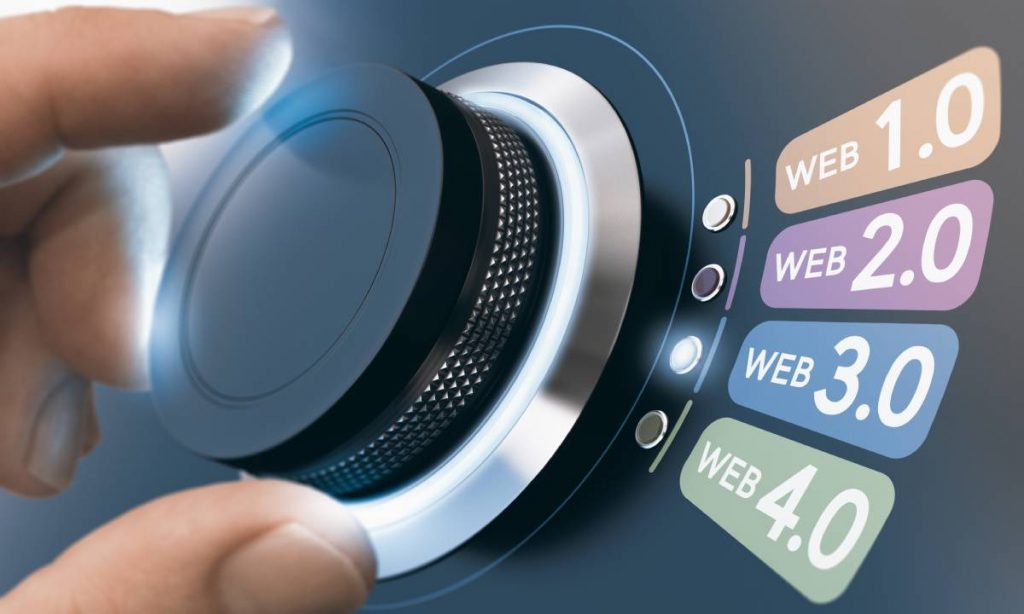ISO 9001:2015 , ISO 27001:2022

The World Wide Web is commonly referred to as WWW, W3, or simply the Web. The Web is defined as an interconnected system of public WebPages that can be accessed through the internet.
The Internet has evolved dramatically in the last two decades. From extremely basic text-based web pages to full-fledged search engines and online stores, thus web technology has come a long way indeed.
- Web 1.0: It all started with the first iteration of the Web, known as Web 1.0, which for the most part was read-only. It consisted of static websites and there was little-to-no user interaction or content generation. At that time, most website owners just wanted to make their information available to anyone at any time, without any focus on user interaction. This is called Web 1.0
- Web 2.0: In the year 1999, server technology got upgraded and average internet connection speed got increased, and developers learned new skills and techniques, Thus the transition happened from Web 1.0 to Web 2.0. While Web 1.0 was extremely basic in its approach, Web 2.0 is based on a concept called Folksonomy.
Folksonomy is a way of organizing data and digital content wherein the users themselves add a tag or label to identify a piece of content. So, in Web 2.0, online content like websites, apps, pictures, videos, etc. got a lot of descriptive information and an ad hoc classification using natural language from the users themselves.
Thus, the difference between Web 1.0 and Web 2.0 is crystal clear. As opposed to Web 1.0, the second iteration or Web 2.0 can be described as the read-write web in which the users have the ability to contribute content and also interact with other web users. It stresses user-generated content and the interoperability of netizens on dynamic websites. YouTube or Instagram, which are websites that completely depend on user-submitted content. and hence Web 2.0 technology is facilitating that.
- Web 3.0: Web 3.0 refers to the third generation of web technology that is yet to be fully realized. It comprises semantic web and usage of artificial intelligence (AI) and 3D graphics to create the next-level online experience that one could only dream of.
Through the use of semantic markups, such as how Google does to display relevant search results even when users don’t enter the exact keywords, data could be put in a form not only accessible to humans via natural language, but able to be understood and interpreted by web applications as well. The complete semantic web stage expands the scope of both structured and unstructured content through Web Ontology Language ( OWL ) and Resource Description Framework ( RDF ) semantic formats.
Thus semantic markup and web services together can render a Web 3.0 experience, by providing applications that can communicate with each other directly and interpret information for humans.
Innovins is the best website designer and developer in or near Mumbai. They provide the best service in Flutter mobile app development, WordPress, WooCommerce, Magneto, PHP, Social media management, API integration, Artificial intelligence, and Virtual reality.
Thus this blog gave a detailed description of Web 1, Web 2, Web 3 technologies.


